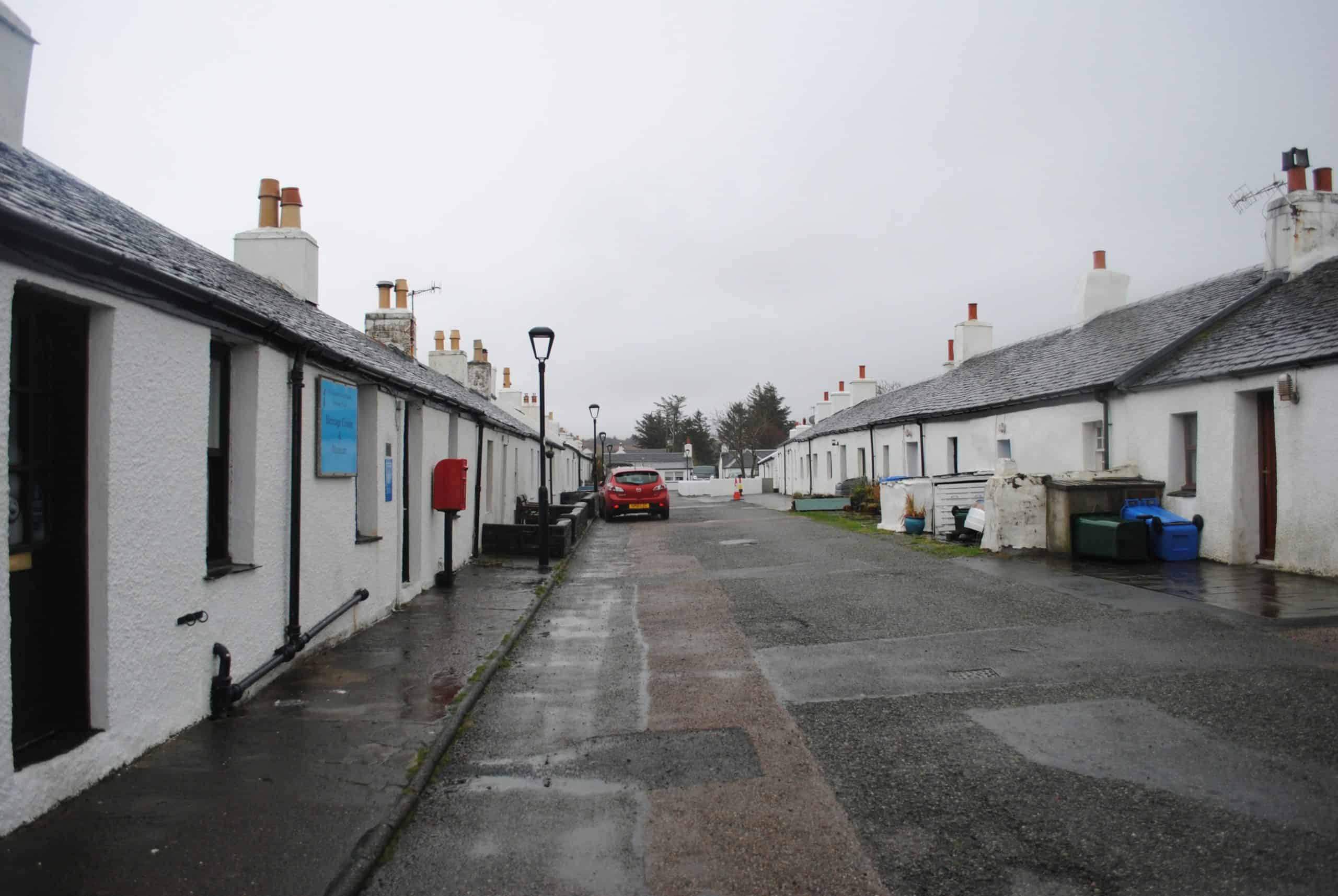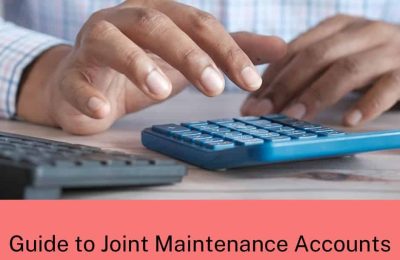As a first-time tenant or landlord, you may find yourself with many questions, especially when it comes to the tenancy deposit. As Scotland’s housing market continues to evolve, some new trends are coming, and it’s important to understand the procedures, especially when it comes to a tenancy deposit.
The Scottish housing market is seeing some intriguing and popular trends, such as accepting and paying rent with crypto currencies. As more tenants catch this wave we see the Ethereum price become relatively stable while tenants and landlords are enjoying using smart contracts to automate any payments; this can reduce the chance of late rent which may likely strengthen landlord and tenant relationships reducing evictions.
As these trends continue to grow in the Scottish market, it’s wise to understand how a tenancy deposit works. This will also help the relationship between a landlord and tenant by ensuring both parties understand what a tenancy deposit is and why it’s expected.
What is a tenancy deposit?
A tenancy deposit is an amount charged by a private landlord or letting agent and can be the equivalent of five weeks’ rent. Commonly in Scotland, a private landlord or letting agent should pay their amount into a deposit protection scheme.
The Tenancy Deposit Schemes (Scotland) Regulations, came into play on the 7th of March 2011, which meant that every landlord or letting agent that receives a deposit in Scotland must ensure they have registered with their local authority and also join a tenancy deposit scheme (TDS).
In Scotland, a tenancy deposit can’t exceed 2 months’ rent.
When is the tenancy deposit paid?
Commonly, a landlord or agent will advertise the property and once they have selected the tenant they’re happy with, it’s expected to deal with any paperwork and deposit. A tenancy agreement should be issued to the tenant, and the landlord or agency should keep a copy for themselves. The copies must also be signed by both parties. At this point the tenant may also be expected to make the deposit payment. If the deposit payment is not made at this stage, it should definitely be paid on or before the tenant moves in.
How a tenancy deposit is protected
Once the landlord or agency collects the tenancy deposit they are obliged to pay it to a tenancy deposit scheme. The scheme protects the deposit until it’s due to be repaid. This must be done within 30 working days of the start of the tenancy.
The tenant is also obliged to know which tenancy deposit scheme their money has been placed in. This assists with sorting out any disputes that may arise when the tenancy ends.
The landlord or agency can’t take any money from the deposit during the tenancy.
What can’t be charged as a tenancy deposit?
Landlords and letting agents aren’t permitted to charge tenants any fees to start or renew a tenancy. This means they can’t charge administration fees for anything like a credit check or any holding fees to secure a tenancy. If, as a tenant in Scotland, you are asked to pay a holding fee before signing a tenancy agreement, understand that it isn’t permitted.
How is a tenancy deposit different from a holding deposit?
A holding deposit is commonly an equivalent of one week rent and is legal in places such as England and Wales but not in Scotland. In Scotland tenants are only supposed to pay a tenancy deposit.
A holding deposit can be requested from prospective tenants in England and Wales, and this ensures that the property is taken off the market. This amount reassures the landlord that the tenant is genuinely considering the rental property. The amount commonly shouldn’t exceed one week’s rent. A holding deposit can only be held for a maximum of 14 days by the landlord or the agency. The days may differ if the landlord and tenant have a separate agreement.
What happens to a tenancy deposit at the end?
A landlord can only keep a tenancy deposit for no more than ten days upon agreeing on the amount to be returned to the tenant. If there’s any dispute and the agreement can’t be reached, the amount remains protected in the chosen government approved scheme until a resolution is reached.
In Scotland, the landlord can deduct certain things from the deposit, such as any damage to the property, unpaid bills or rent arrears, and if the property has been left in a poor condition, they are able to deduct costs to cover cleaning. The landlord or letting agents are unable to charge for any normal or standard wear and tear at the end of the tenancy.










